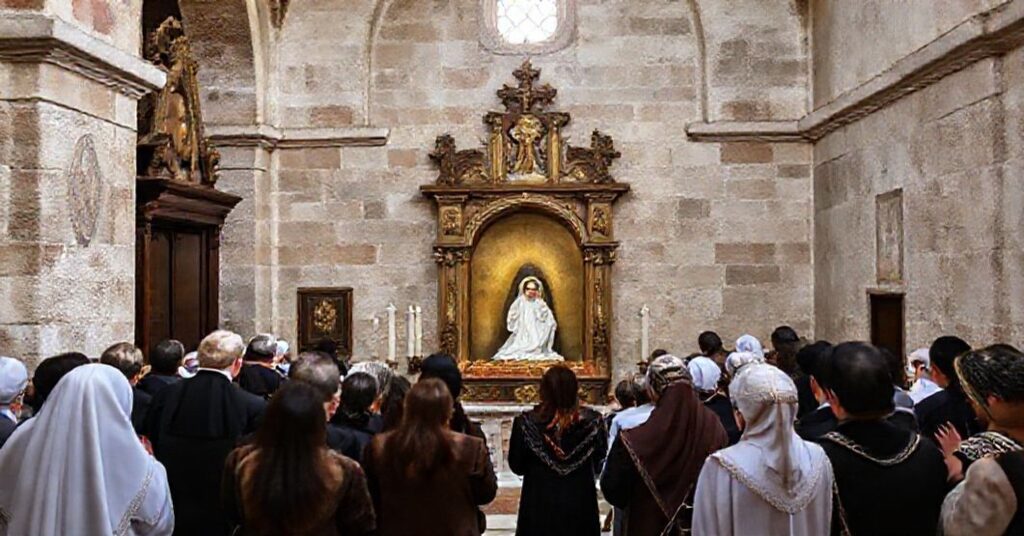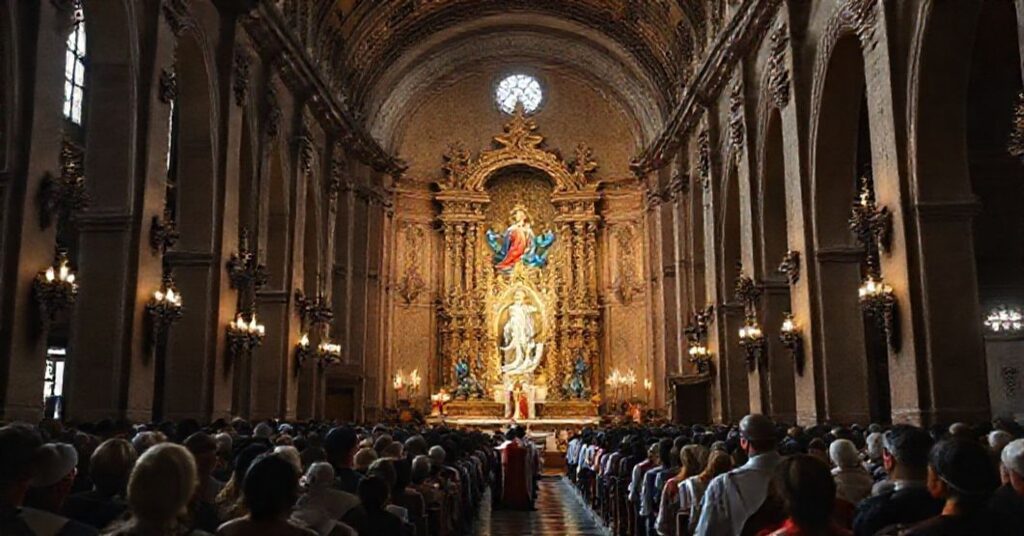The Latin text bearing the title “AUGUSTAE VIRGINI” is a brief act of John XXIII, conferring the title and privileges of a minor basilica on the parish church of the Blessed Virgin Mary of Lourdes in Rio de Janeiro. It praises the architectural beauty of the sanctuary, exalts the fervent Marian devotion of clergy and laity, highlights catechetical activity for children, and presents the church as a kind of “second Lourdes” where the sick seek graces and cures through the intercession of “Our Lady of Lourdes.” On this basis, John XXIII, “by the fullness of apostolic power,” elevates the church to the dignity of a minor basilica and decrees the perpetuity and juridical force of this concession.
This seemingly pious rescript is, in reality, a concentrated symptom of the emerging neo-church: aestheticism instead of dogma, apparitionism instead of Revelation, local cultic inflation in place of the Kingship of Christ, and the usurper’s claim to “plenitude of apostolic power” deployed in the service of a pseudo-mystical, para-Marian ideology organically compatible with the conciliar apostasy to come.










